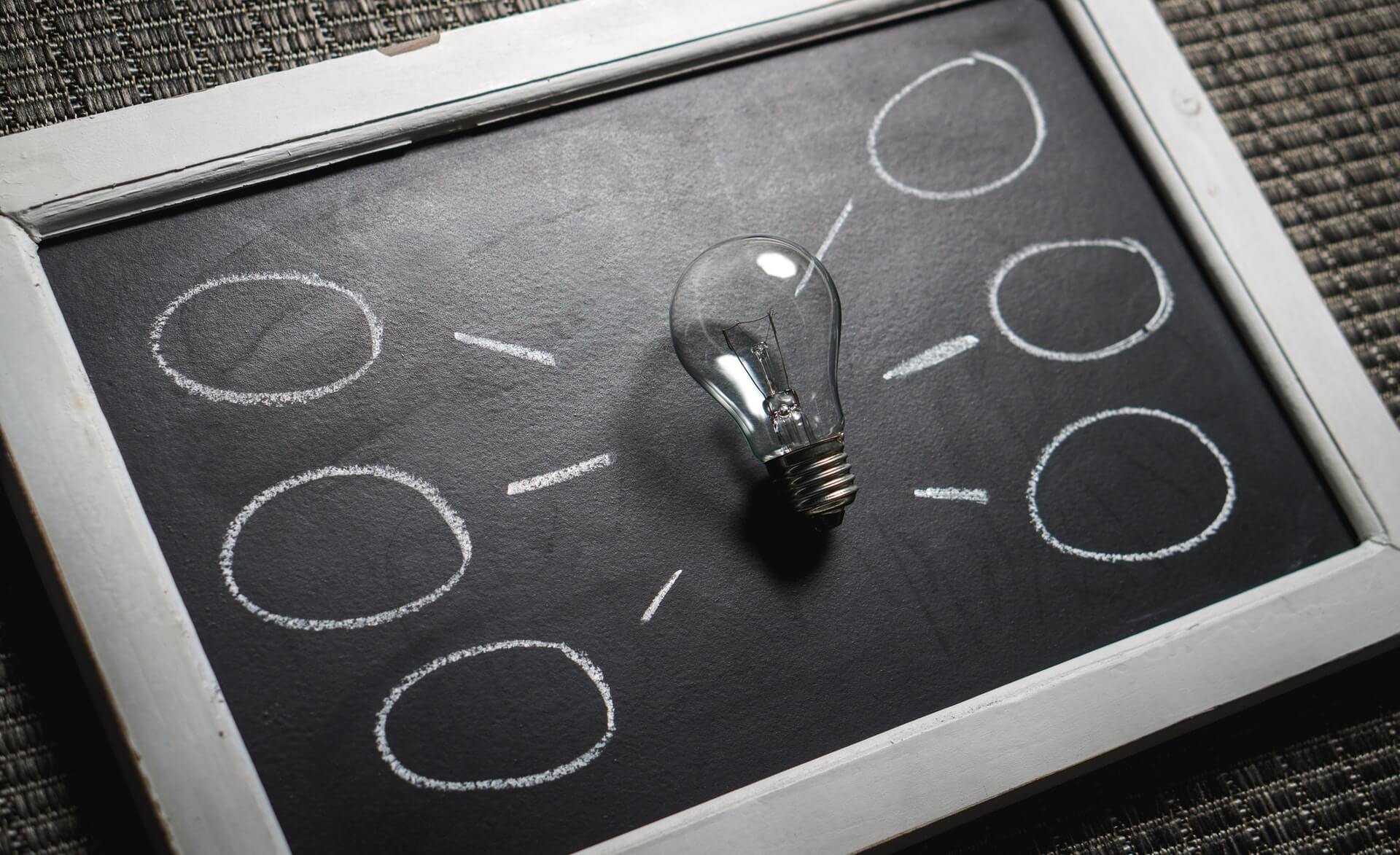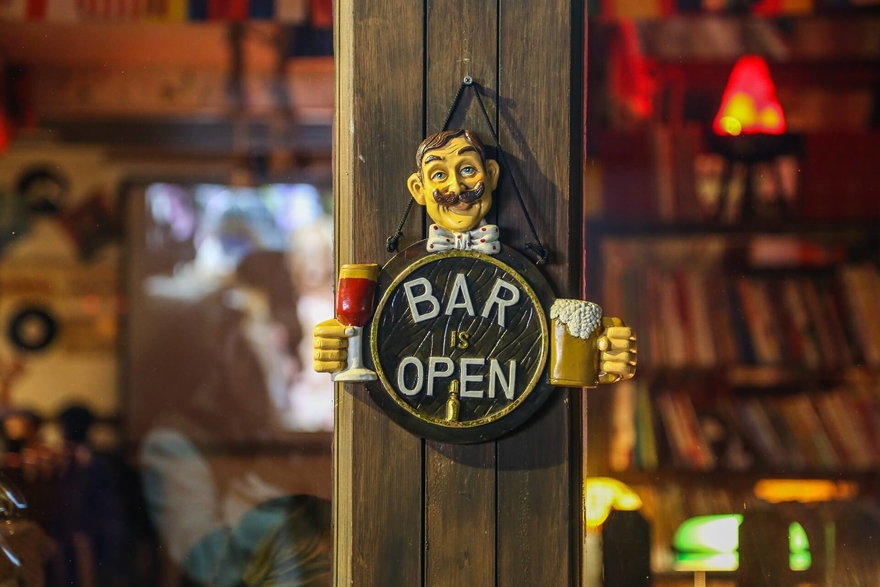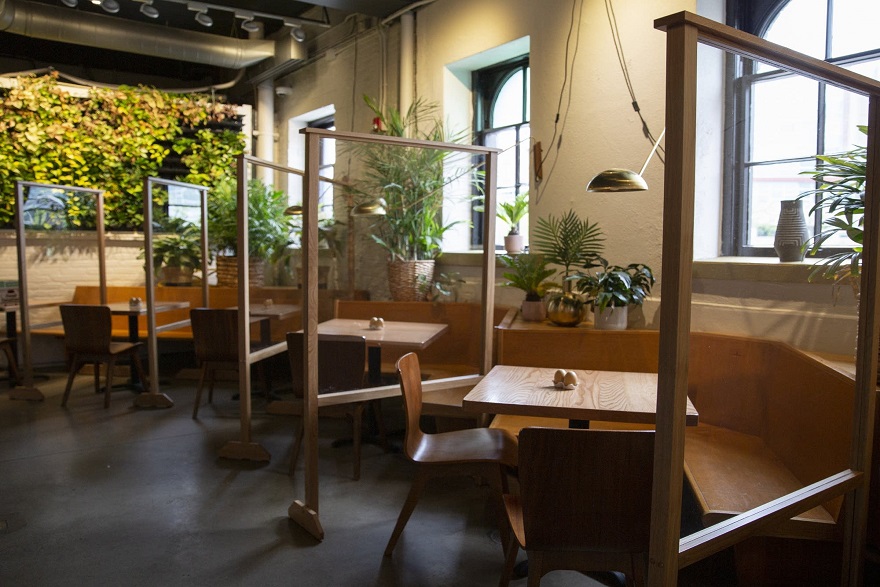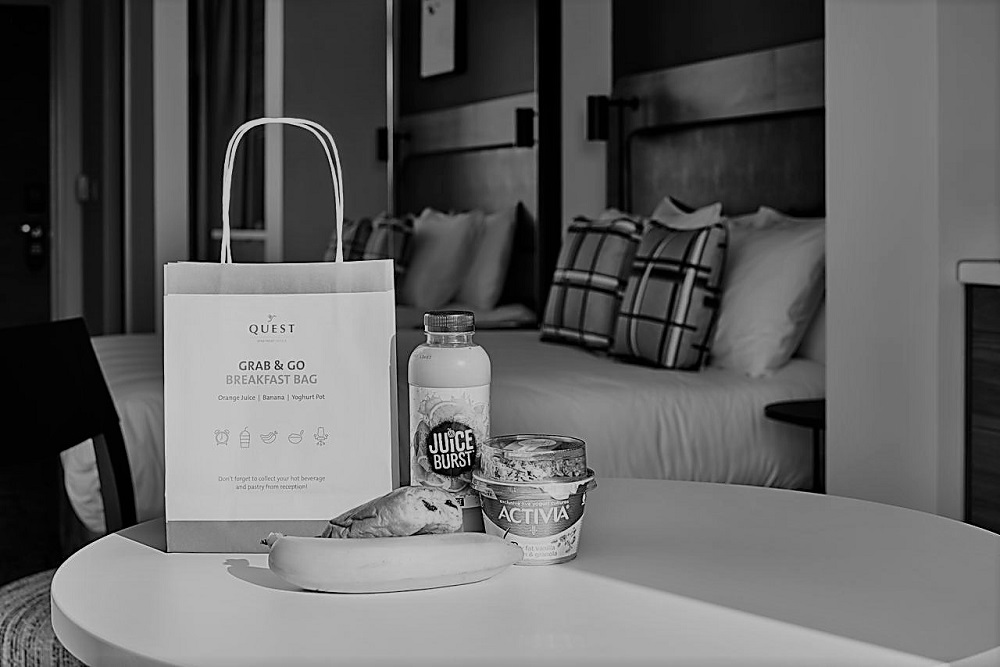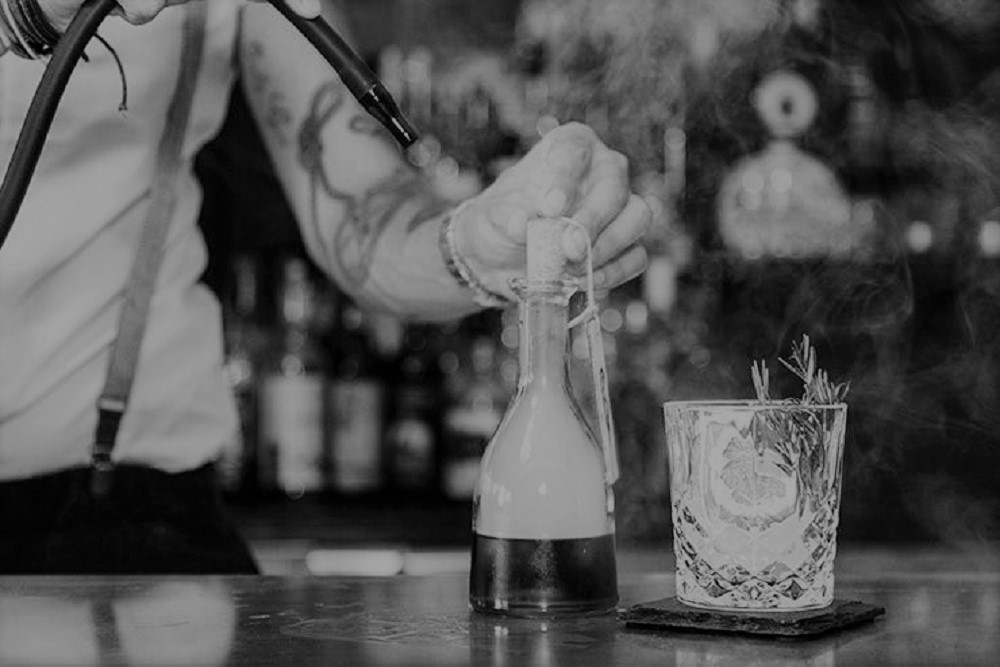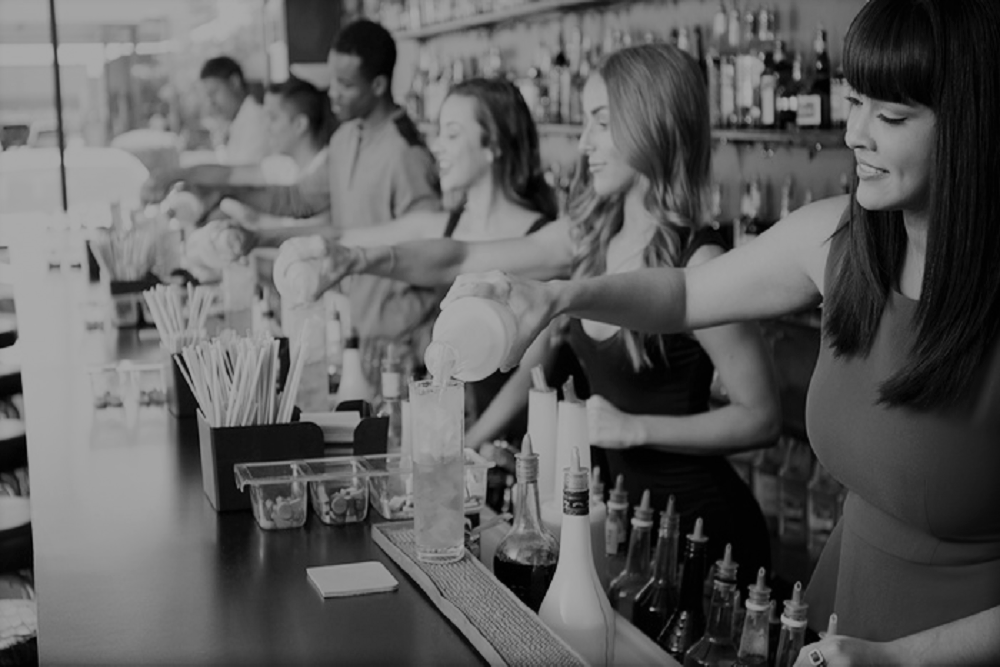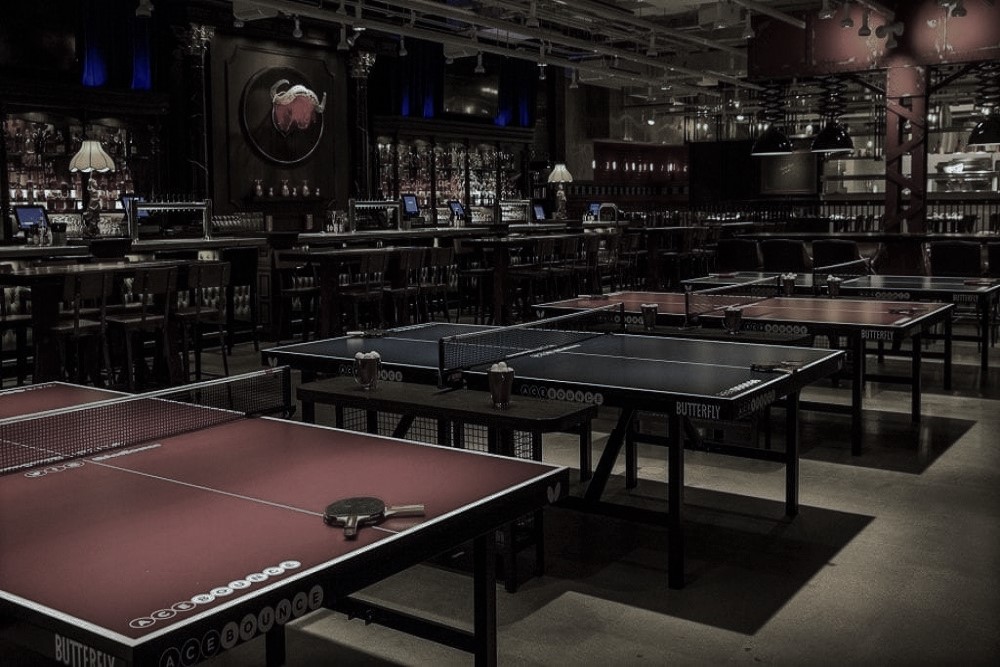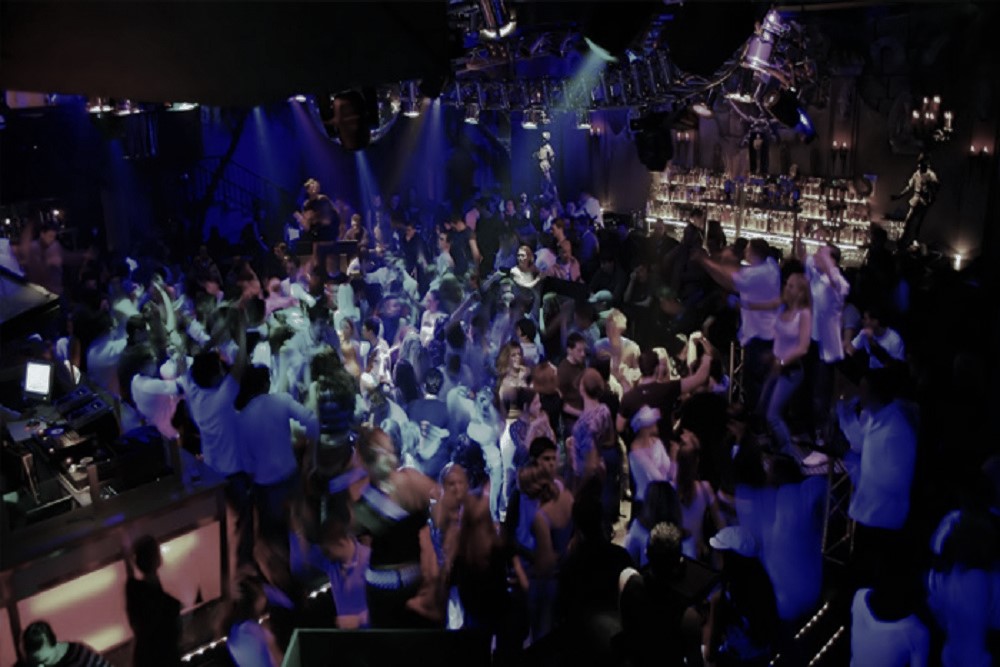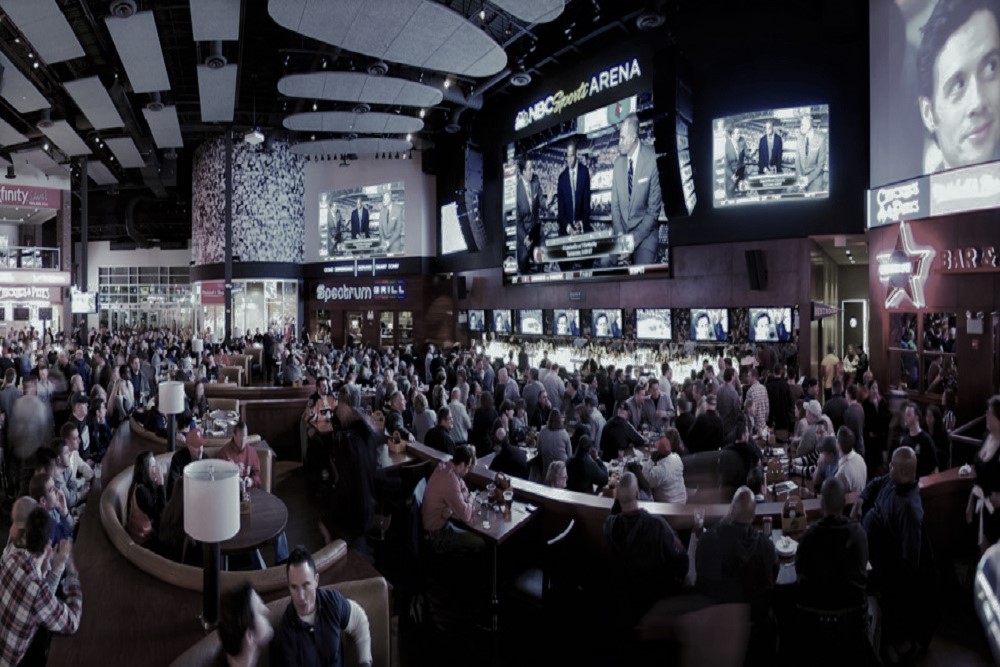Top 10 Bar Hacks Bonus Episodes for Setting and Achieving Goals
by David Klemt

We’ve rounded up the ten best bonus episodes of Bar Hacks that feature KRG Hospitality president Doug Radkey offering goal-setting guidance.
Obviously, we all want to succeed. However, it’s not always obvious where we should start. This has been proven all the more true the past two years.
Doug has a way of cutting a path through the overwhelming noise and distractions operators face each day. The Bar Hacks bonus episodes below can help listeners take a deep breath, reset, and take the necessary steps to identify, measure, and achieve their 2022 goals.
Bonus #1: Strategic Clarity
Doug explains strategic clarity as the understanding of who we are, what we’re working toward, and how we’re going to get where we want to go. Click here to listen.
Bonus #3: Simplification
In this episode, Doug asks listeners a simple question: “Is your vision for your restaurant or bar’s systems complex or simplified?”
Bonus #4: Acceptance
We can’t really make achievable goals if we don’t understand the current situation we’re facing. In this bonus episode, Doug explains why it’s important to be able to accept change and differences.
Bonus #6: Decision Making
We make thousands of decisions every day, from the simple to the complex and everything in between. Doug shares his insights into clearly and confidently making decisions for your business. Click here to learn more.
Bonus #7: Innovative Leadership
What is innovative leadership? It’s confidence in your abilities and your team, knowing when to get out of the way, and the culmination of a few other key concepts. To listen, click here.
Bonus #9: Flexibility
For this bonus episode, Doug explains why success in this era of hospitality requires owning the entire guest journey, frictionless omni-channel experiences, and other elements of a flexible approach to business.
Bonus #12: Self Care
Doug shares his thoughts on one of the most crucial elements of operating a business in the hospitality industry. Hint: He’s not talking about menus, marketing or making money in this episode.
Bonus #13: Confidence
Do you think you have a growth-based mindset or a fixed mindset? Doug discusses confidence and the impact it has on your ability to lead effectively in Bar Hacks Bonus #13.
Bonus #14: Self Learning
Knowing that you don’t know it all opens up your world and makes you a better leader. Doug explains how seeking out knowledge, experiences and opportunities to learn makes you a better operator, keeps you sharp, helps you better relate to and mentor others, and improves your business in every way. Listen now!
Bonus #17: The Seven Cs
Doug explains each of the Seven Cs and how they’ll help you build a winning team. Without the right people on staff, you don’t have much of a chance to achieve your goals. Click here to listen to this important episode.
To listen to the first five bonus episodes in this list in one convenient episode, please click here for today’s Bar Hacks podcast episode. Cheers!

